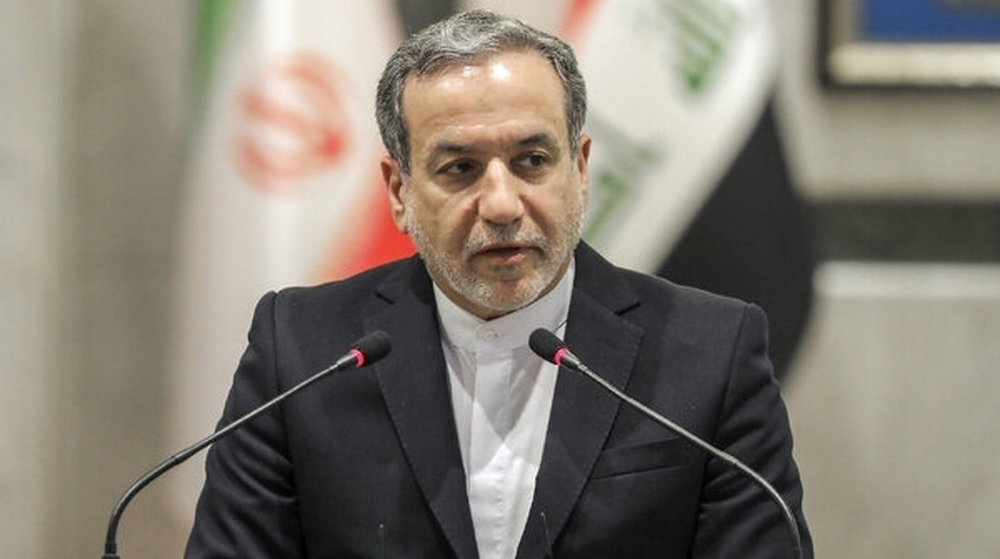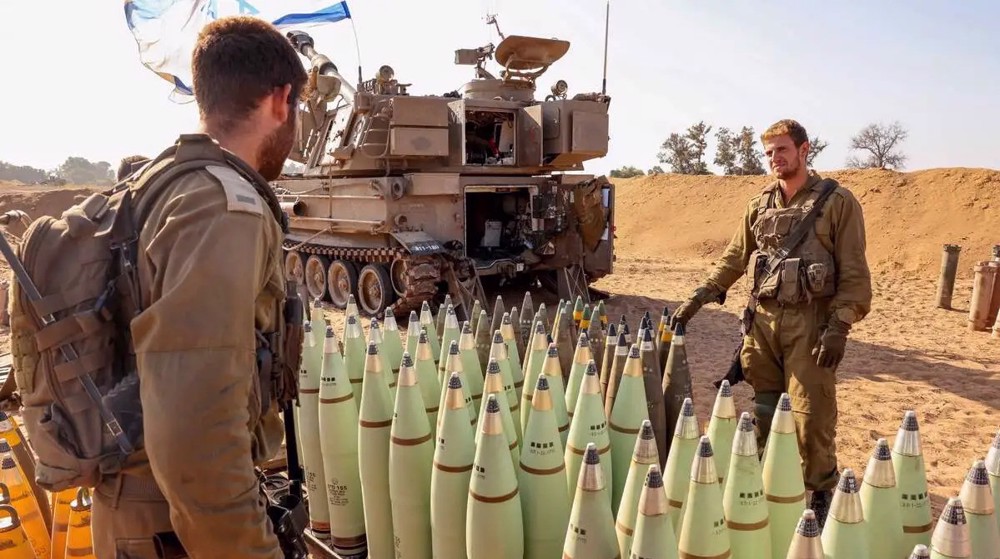Guam 'well-equipped' to handle North Korean strike: Governor
The governor of Guam has said the US territory is "well-equipped" to handle any North Korean strike due to its robust infrastructure and dismissed the notion that the island's residents are in a state of panic.
Governor Eddie Calvo made the remarks on Thursday after Pyongyang released a detailed plan to fire four intermediate-range missiles towards the remote Pacific island by mid-August.
Calvo said the island was used to being a target of such threats ever since Washington stationed troops and military hardware there.
"We have to understand that even in a million-to-one scenario we have to be prepared with Guam being what it has been for decades, an American territory with strategic military assets in place in a very dynamic region,” he stated.
"We are prepared for any eventuality, more so than any other American community," he said.

Guam is home to more than 162,000 inhabitants and it houses a US military base that includes a submarine squadron, an airbase and a Coast Guard group. About 6,000 troops are also based there.
Guam is also armed with a sophisticated US weapons system known as THAAD, which is a ground-based missile system designed to shoot down short-, medium- and intermediate-range ballistic missiles.
"The way our infrastructure is built -- an 8.3 earthquake a decade ago, powerful typhoons -- they are well-equipped to coordinate both pre-event and also post-event," the Guam governor said.
On Tuesday, US President Donald Trump threatened to hit North Korea “with fire and fury,” which some said could "only be interpreted" as a nuclear threat.
In response of Trump’s apocalyptic warning, North Korea said it was "carefully examining" a plan to strike the American Pacific territory of Guam with missiles.

The North Korean military said it could carry out a pre-emptive strike if there were signs of an American provocation.
The US is against North Korea’s nuclear weapons but Pyongyang says it will not give up on its nuclear deterrence unless Washington ends its hostile policy toward the country and dissolves the US-led UN command in South Korea. Thousands of US soldiers are stationed in South Korea and Japan.
Eight Palestinians killed as Israel attacks Gaza school, hospitals
VIDEO | Rome, Milan host new protests in solidarity with Palestinians
Dec. 21: ‘Axis of Resistance’ operations against Israeli occupation
Spain jurists demand ties with Israel ties be cut
VIDEO | Press TV's news headlines
VIDEO | Iran honors top Science Olympiad medalists
VIDEO | Austrians arrested at Gaza protest in Vienna
10 killed in bus crash in western Iran
















 This makes it easy to access the Press TV website
This makes it easy to access the Press TV website